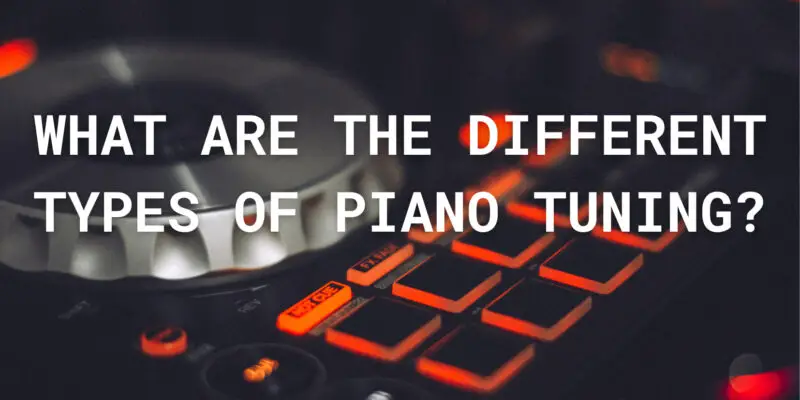Piano tuning is a specialized skill that involves adjusting the tension of a piano’s strings to ensure that it produces harmonious and accurate pitches. While the standard equal temperament tuning is the most commonly used method, there are various types of piano tuning techniques tailored to different musical styles and preferences. In this article, we will explore some of the different types of piano tuning and their unique characteristics.
1. Equal Temperament Tuning
Equal temperament tuning is the most prevalent and widely used method for tuning pianos. In this tuning system, the octave is divided into twelve equal parts, allowing the piano to be played in any key with relatively consistent intervals between notes. While this tuning is versatile and suitable for a wide range of musical genres, some pianists and composers may find it lacks the purity of intervals in other tunings.
2. Stretch Tuning
Stretch tuning is a variation of equal temperament tuning that addresses some of the perceived limitations of equal temperament. It involves slightly stretching the upper octaves of the piano, making the higher notes slightly sharper than the theoretical equal temperament values. This stretching enhances the clarity and brilliance of the upper register, making it particularly suitable for classical and romantic compositions.
3. Well Temperament Tuning
Well temperament is a family of tuning systems that date back to the Baroque era. Unlike equal temperament, well temperament allows for variations in the intervals between notes depending on the key being played. Each key has its unique set of intervals, which are carefully adjusted to sound harmonious in that specific key. Well temperament can provide a more colorful and expressive sound but requires skilled tuning and may not be well-suited for all musical styles.
4. Historical Tunings
Some pianists and performers of early music and historical keyboard instruments opt for historical tunings that recreate the tuning systems of specific time periods. These tunings aim to capture the unique tonal qualities and expressive capabilities of instruments from the past, such as the Werkmeister or Kirnberger tunings. Historical tunings are essential for authentic performances of music from those eras.
5. Non-Standard Tunings
Beyond the conventional tuning systems, some pianists experiment with non-standard tunings that depart from traditional temperaments altogether. These tunings can be used to explore new harmonic possibilities, create microtonal music, or achieve specific artistic effects. Non-standard tunings are often highly specialized and tailored to the composer’s or performer’s artistic vision.
6. Custom Tunings
In some cases, pianists and composers may request custom tunings to suit their specific musical needs. Custom tunings can involve adjusting the intervals between notes to create unique harmonic effects or to accommodate non-standard compositions. Piano technicians work closely with musicians to develop and implement these custom tunings.
Conclusion: Tuning as Artistry
In conclusion, piano tuning is a nuanced and artistic endeavor, with various tuning systems and methods designed to cater to different musical genres, historical contexts, and creative expressions. While equal temperament remains the standard for its versatility, piano tuners and technicians skilled in various tuning techniques are essential for preserving the diversity of sound and artistic possibilities within the world of pianos. Whether you are a classical purist, a jazz enthusiast, or an avant-garde explorer, the right tuning can unlock a world of sonic possibilities on the piano.

